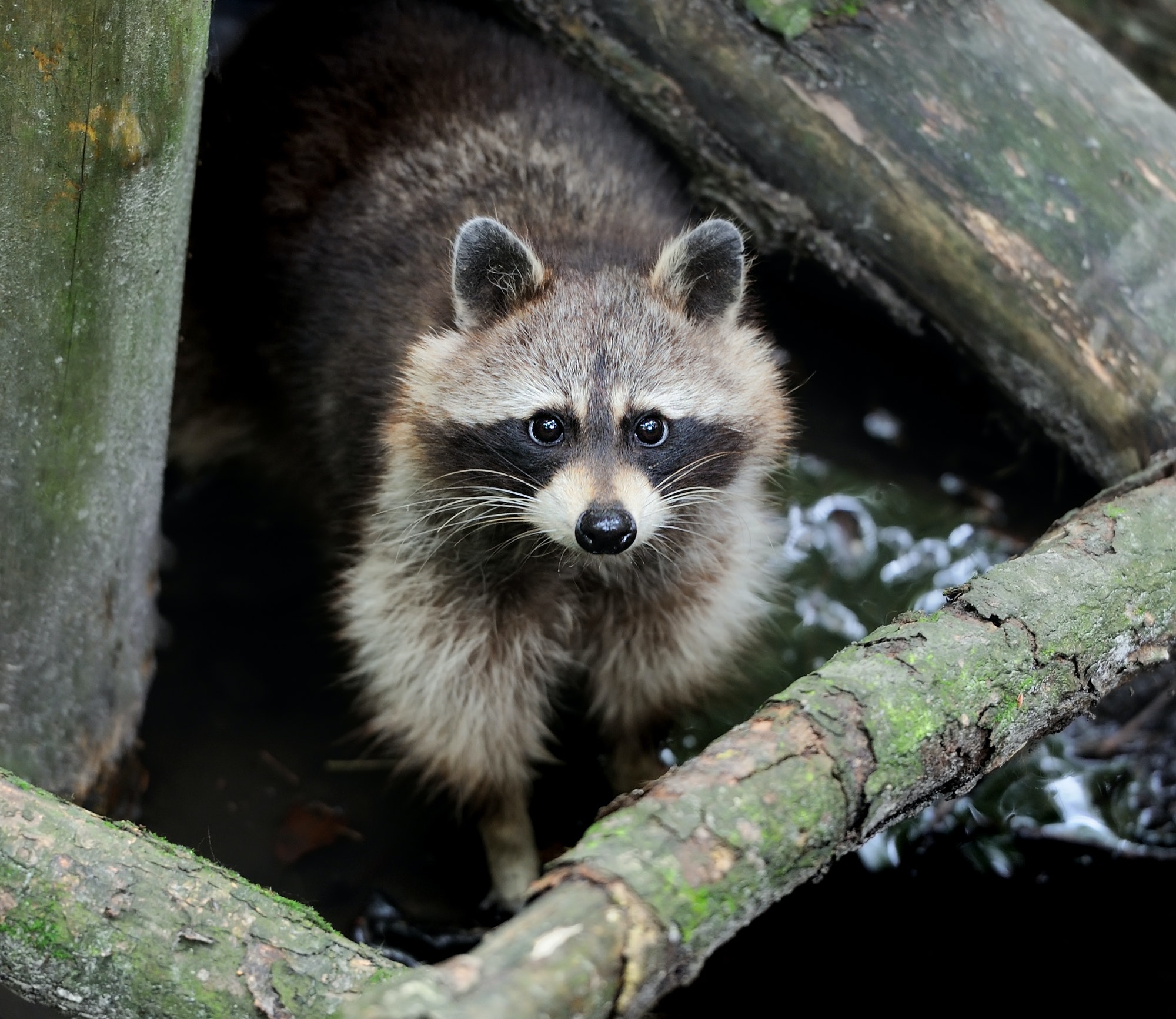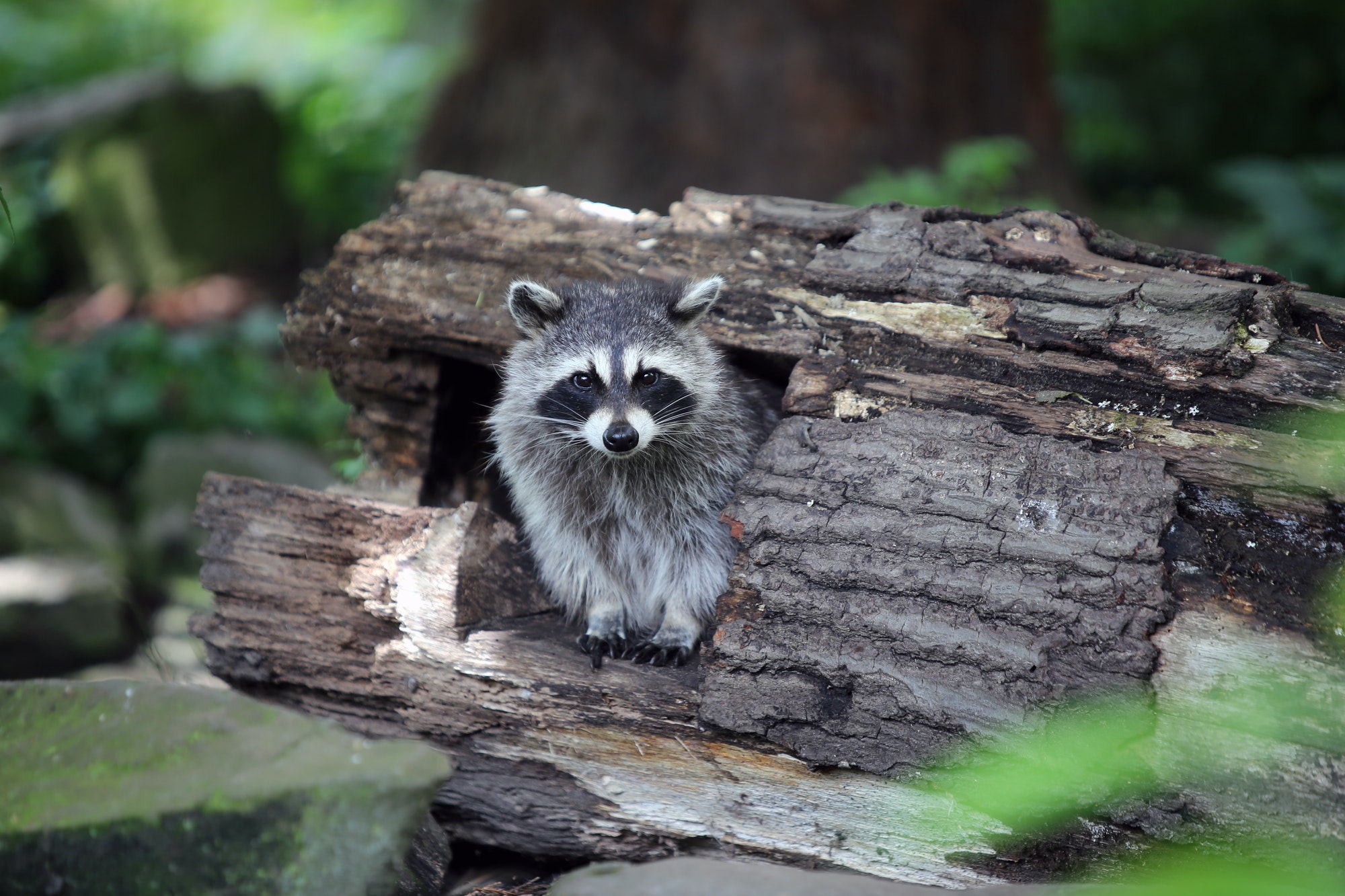Signs of Raccoons Terrorizing Your Home
Bad Bandit: How to Spot a Raccoon Infestation
Not long ago, a video went viral of a raccoon washing cotton candy in a puddle of water only to watch it disappear before its eyes. Many people were quick to sympathize, with comments ranging from how devastated and befuddled it looked to how if it were to live in their home, it would receive all the cotton candy it wanted. Super adorable, right?
Not entirely. As cute and harmless as a raccoon may look, they can wreak havoc on property, bring diseases like parasites and rabies into a home, or harm any household pets that are present; it is much safer for not only the owner of the house, but also the raccoon and its family to live in nature. With that in mind, here are some telltale signs of a raccoon infestation.
The first and perhaps most obvious way to look out for a possible raccoon infestation is if there is outside damage present around the house or scurrying/scratching noises at night. Raccoons are nocturnal animals, so one may hear thumping noises coming from the attic at night or scurrying at dusk as the mother leaves to get food for her babies.

In addition to this, random scratches or damage may be near garage doors, trash cans, gutters, shingles, etc. as raccoons are searching for a weak vantage point to get in and make a warm den. If one were to notice new marks around the home or pawing noises, be diligent about repelling the raccoons before they get in, therefore stopping the infestation from happening in the first place.
Raccoons are also similar to bears in that they gorge themselves in summer and tend to sleep and lay mostly dormant in the winter months, meaning they often times will not go in or out very often; this leads to a build up of fecal matter in the new den they have created, also know as the house. If the upper floors of one’s home tend to have a foul odor, or simply areas near the attic, that may be a sign of an infestation.
seasons. They are nocturnal, so they are most often seen at night time. During these seasons it’s not uncommon to find them around the house. Certain spots are more vulnerable to raccoon infestation than others, so some areas to look out for include gardens, trash cans, sheds, and bird feeders. Food such as vegetables in gardens and seeds in bird feeders are easy for raccoons to access and provide them delicious meals.

This last point may not apply to all people as not everyone has one, but pets acting strangely may also be a sign of an infestation. Often times, household pets can sense and know things that the owners do not.
For example, if a dog were to stare at the ceiling or wall for a prolonged period of time and start whining, they may be hearing a raccoon or other pest moving around in the walls or attic or catching a whiff of its scent; maybe it would even start barking or growling at what appears to be nothing. While this may appear as a nuisance to the owner or just plain strange, it may be a signal to call a pest control company.
Now, this list is not exhaustive, but if any of the above signs are present at home, please get in contact with a local animal control as it is possible that there is a full-fledged raccoon infestation. Do not engage with the animal; it could potentially scratch or harm anyone who comes too close.








